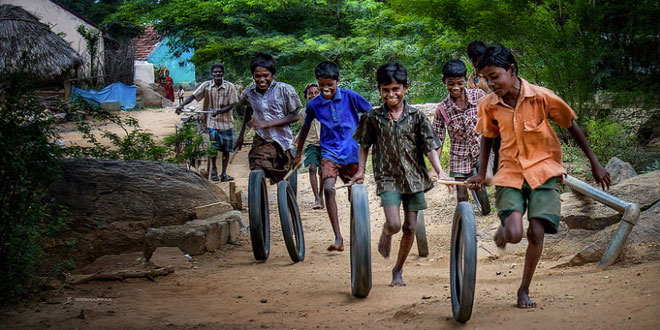Question: What are the factors responsible for the shortage of freshwater?
Answer: Water scarcity has become a serious problem in the world.
- The demand for freshwater has increased due to population growth. we need more water to produce more food and cash crops, to meet domestic needs and the rising standards of living.
- Water shortage is also caused by misuse, over exploitation and contamination of water resources.
- The cost of supplying water to the dry regions, also lead to acute shortage of freshwater.
Question: How can we conserve land resources?
Answer: Land is a very important resource to the man kind but day-by-day our land is getting degraded. Some of the measures that can be used or practiced to conserve our land resource are:
- Adopting to the scientific techniques.
- Land Reclamation.
- Regulated use of chemical fertilizers, insecticides and pesticides.
- Afforestation.
- Check on Overgrazing.
- Control of Mining Activities.
- Proper irrigation facilities.
- Constructing retention walls in the mountain areas to stop landslides.
Question: Write a short note on the soils of India.
Answer: Soils are of various types depending on their colour, texture, mineral content, fertility level, etc. Different types of soils found in India are:
(a) Alluvial Soil:
- It is the most important and most fertile type of soil found in India.
- Soil is formed by the deposition of sediments brought down by the rivers.
- The alluvial soil is found mostly in the Northern Plains and Coastal Plains of India.
(b) Black Soil:
- The black soil is also called the Black Cotton Soil or Black Lava Soil.
- Cotton grows best in this soil.
- Black soil is formed from the weathering of the igneous rocks.
- The black soil is mostly found in the Deccan Trap, covering large areas of Maharashtra, Gujarat and western Madhya Pradesh.
(c) Red Soil:
- Red soil is derived from the weathering of the igneous and metamorphic rocks.
- The red colour is due to the high percentage of iron contents.
- Red soil is found in the southern and eastern parts of the peninsular plateau.
(d) Laterite Soil:
- The laterite soil is formed when heavy rains wash the fertile upper part of the soil.
- This soil is less fertile.
- Soil is mainly found on the summits of the Western Ghats, Eastern Ghats, etc.
(e) Mountain Soil:
- The mountain soil is generally found on the hill slopes covered with forests.
- This type of soil is found in the Himalayan region, the Western and Eastern Ghats and in some parts of the Peninsular India.
- This soil is especially suitable for producing plantation crops, such as tea, coffee.
(f) Desert Soil:
- The desert soil is found mostly in the arid and semi-arid regions.
- This type of soil is found in Rajasthan, parts of Haryana, Gujarat, etc.
- The desert soil is mainly composed of sand.
 Class Notes NCERT Solutions for CBSE Students
Class Notes NCERT Solutions for CBSE Students


